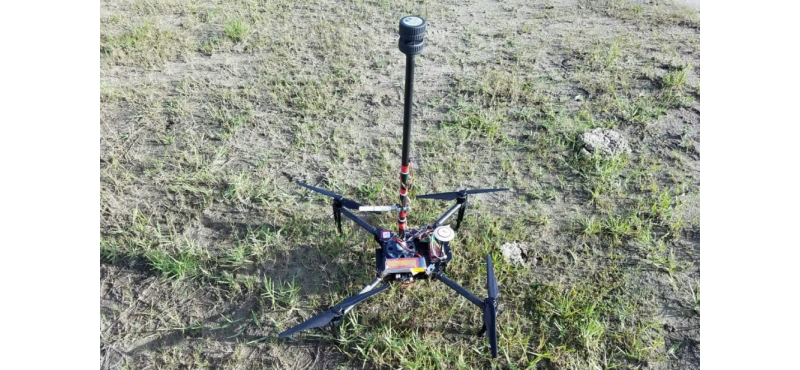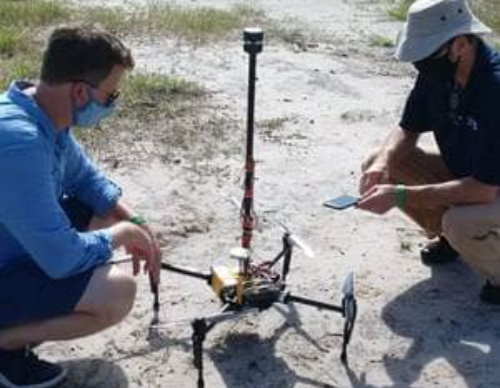
Embry-Riddle researchers have designed a General Urban area Microclimate Predictions tool, or GUMP, to better predict the effects of weather on UAS
A wide variety of services exist for macro weather prediction, but when it comes to how wind and storms impact unmanned aircraft systems (UAS), or drones — namely those meant for drone package delivery and air taxis — more localized forecasts are needed. That’s where researchers at Embry-Riddle Aeronautical University come in, as they contribute to a NASA project to develop tools for assessing and predicting hyperlocal weather conditions.
Without good weather products, these aircraft may be unnecessarily grounded, delaying the delivery of goods and services,” said Dr. Kevin Adkins, associate professor in the College of Aviation. “The General Urban area Microclimate Predictions tool (GUMP) strives to provide the needed weather insight.”
Even mild wind gusts can disrupt the flight of UAS, which generally weigh less than 55 pounds. In urban environments, wind gusts are especially unpredictable because of tall buildings, which are said to create “an urban canyon effect.”

Dr. Kevin Adkins, associate professor of Aeronautical Science, with Dr. Marc Compere, associate professor of Mechanical Engineering
Embry-Riddle began participating in this research after Intelligent Automation, Inc. won a NASA Small Business Innovation Research grant to develop GUMP. The university’s role is to design and conduct field test plans using drones equipped with meteorological equipment in order to verify GUMP predictions.
“This project aligns well with the College of Aviation’s signature research areas, including aviation safety, UAS and low-altitude meteorology,” said Adkins,
Dr. Dan Macchiarella, professor of Aeronautical Science, will help build three-dimensional models of the environment to be tested. Avinash Muthu Krishnan, a graduate student in Mechanical Engineering, will work on equipping the UAS that will be used to make the meteorological observations. Nikolaus Rentzke, a senior who is majoring in Meteorology and Computational Mathematics, will help with post-processing data. Other students from the Department of Aeronautical Science will be involved in conducting the actual UAS flight operations.
“For the purpose of package delivery and air taxis, many people envision a scenario of hundreds of simultaneous flight operations occurring with a few thousand feet over large metropolitan areas across the country. This vision places high-tempo flight operations squarely in a very dynamic portion of the atmosphere,” Adkins said. “This will be a new environment for sustained aviation operations.”
Photos: Kevin Adkins
Source: Press Release
